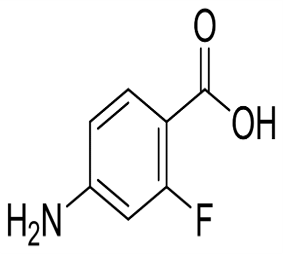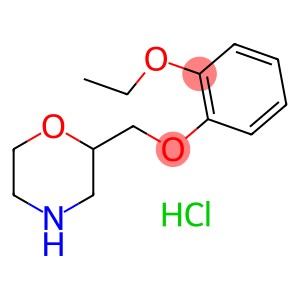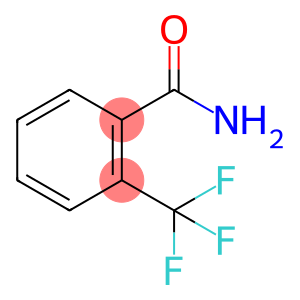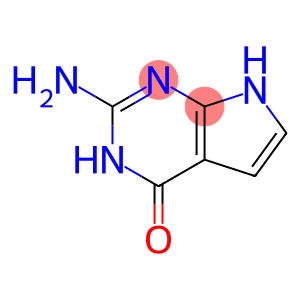L-Theanine(CAS# 34271-54-0)
| Hazard Symbols | Xi – Irritant |
| Risk Codes | 43 – May cause sensitization by skin contact |
| Safety Description | S28 – After contact with skin, wash immediately with plenty of soap-suds. S36/37 – Wear suitable protective clothing and gloves. |
Introduction
DL-Theanine is a naturally occurring amino acid extracted from tea leaves. It is produced by the catalytic action of acid or enzyme polyphenols and has natural optical isomers (L- and D-isomers). Properties of DL-Theanine:
Optical isomers: DL-Theanine contains L- and D-isomers and is an achiral mixture.
Solubility: DL-Theanine dissolves well in water and is also soluble in ethanol, but has low solubility.
Stability: DL-Theanine is relatively stable under neutral or weakly acidic conditions, but is easily degraded under alkaline conditions.
Antioxidant: DL-Theanine can neutralize free radicals, has strong antioxidant activity, and has a good effect on delaying aging and resisting oxidative stress.
Nutraceuticals: DL-Theanine can be used as a nutritional supplement to help improve immune system function and promote health.
The preparation methods of DL-theanine mainly include acid method and enzymatic method. The acid method is to decompose tea polyphenols into theotic acid and amino acids by reacting tea leaves with acids, and then obtain DL-theanine through a series of extraction, crystallization and other steps. The enzymatic method is to use specific enzymes to catalyze the reaction to decompose tea polyphenols into amino acids, and then extract and purify to obtain DL-theanine.
For people with allergies or special diseases, it should be used under the guidance of a doctor or professional.








